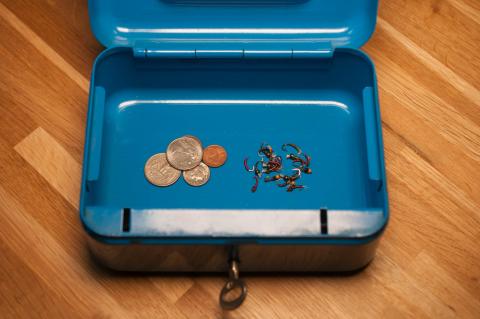Awesome report, you guys are hard core. I have never had the chance for such an adventure but I am sure it was a hoot. Now to the Jack Carvel, here in North Florida they are a fish that brings excitement to local fly fisherman and light tackle folks alike; from late April all the way through the summer. Both in shore along the ICW and the surf. Any insites into fishing in Europe would appreciated.
Tight lines and always, always, fish on.
Everett
- Log in to post comments

